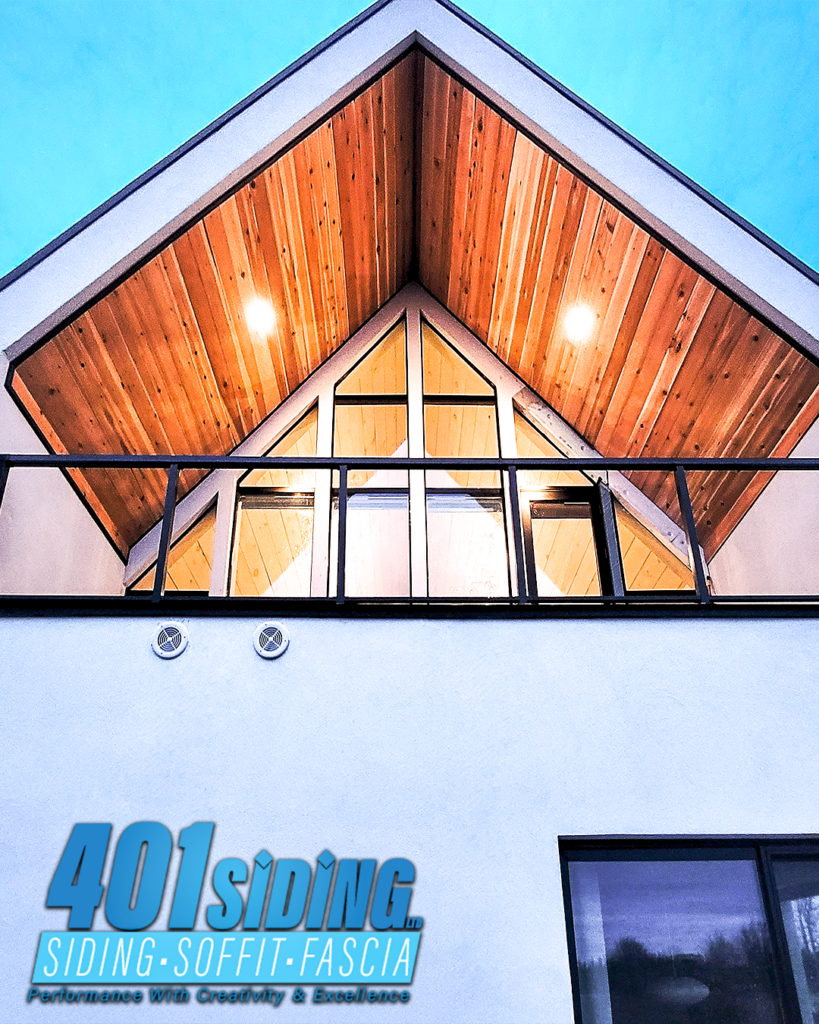
Siding Eavestrough
Table of Contents
- Introduction to Siding Eavestroughs
- What Is an Eavestrough?
- The Importance of Eavestroughs
- Installation of Eavestroughs
- Types of Eavestroughs
- Problems Eavestroughs Prevent
- Maintenance of Eavestroughs
- Conclusion
- FAQs
Eavestroughs are a key part of your house, helping protect your home from water damage by safely guiding rainwater away.
Introduction to Siding Eavestroughs
Eavestroughs are like special paths that help rainwater travel safely away from your home.
This is important because if water stays on your roof or near your house, it can cause lots of problems.
Let’s find out more about why eavestroughs are so important and how they work.
What Is an Eavestrough?
An eavestrough, often called a gutter, is a channel that collects rainwater from the roof of a building and directs it away to a safe place.
This helps keep your home dry and safe.
Think of it like a train track for rainwater, guiding it away so it can’t harm your house.
The Importance of Eavestroughs
Preventing Water Damage
Without eavestroughs, rainwater would fall directly off your roof and could pool around your house.
This can cause water damage to the foundation and walls, leading to expensive repairs.
Avoiding Soil Erosion
Eavestroughs also stop soil erosion around your home.
By controlling where water goes, they keep the soil around your house stable and healthy.
Reducing Roof Damage
They help keep your roof in good condition too.
Without proper water drainage, water can sit on the roof and lead to rot or other damage.
Installation of Eavestroughs
Installing eavestroughs is a job for professionals because they know how to make sure the eavestroughs are set up right and work well.
They use different materials, like aluminum or vinyl, which are good for different types of homes.
Types of Eavestroughs
K-Style and Half-Round Eavestroughs
There are different shapes and styles, like K-style or half-round, which are chosen based on how they look and work with your home’s design.
Material Choices
Eavestroughs can be made from materials like aluminum, which is light and doesn’t rust, or vinyl, which is easy to handle and affordable.
Problems Eavestroughs Prevent
Roof Rotting and Leaks
By keeping water away, eavestroughs prevent roof rotting and leaks, which can be costly to fix.
Damage to Walls and Foundations
They also protect the walls and foundation of your home from water damage, keeping your home strong and secure.
Maintenance of Eavestroughs
Regular cleaning and maintenance of eavestroughs are important.
They need to be checked for leaves and debris that can block them and stop them from working properly.
Conclusion: Check Your Eavestroughs
It’s a good idea to look at your eavestroughs now and then, especially after big storms.
Make sure they are not blocked and are in good shape.
If you think they need work, calling a professional can help keep your home safe from water damage.
Siding Eavestrough FAQs
Why is it important to have eavestroughs?
To protect your home from water damage by directing rainwater away effectively.
What materials are used for eavestroughs?
Common materials include aluminum and vinyl, each offering durability and unique benefits.
How often should eavestroughs be cleaned?
Cleaning your eavestroughs at least twice a year is recommended to prevent blockages.
Can I install eavestroughs by myself?
While DIY is possible, professional installation ensures they are set up correctly and efficiently.
What are the signs that my eavestroughs need replacing?
Look for leaks, sagging, or severe damage as signs that your eavestroughs might need replacing.
How do eavestroughs protect my roof?
They prevent water accumulation that can lead to roof damage and leaks.
Visit 401 Siding for professional siding and eavestrough services. Find our location on Google Maps.